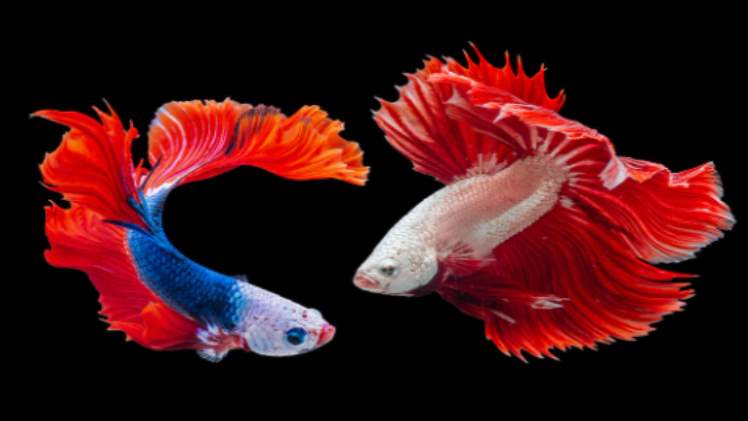
Bettas are known for being skittish. They don’t like change, and that can make moving their tank, introducing a new piece of furniture, or even adding an ornament to the tank a stressful experience for your fish. If you find yourself in this situation, there are ways to help your betta acclimate more quickly. There’s no one perfect method for getting your betta used to a new tank as fast as possible. Every fish is different and will respond differently to any new stimuli. However, there are certain things you can do that will almost always have a positive effect on the process of introducing a new tank into your betta’s life.
Reduce the number of changes at once
You must try to reduce the number of changes taking place in your betta’s environment at once. For instance, if you’re moving your betta’s tank, you don’t want to clean it at the same time again, you want to reduce the number of changes at once. The best way to do this is to do everything you can to keep the new tank as similar as possible to the old one. Clean the new tank with the same cleaning products you used on the old tank. Use the same filter, same decorations, and so on. If you can, try to make the new tank seem as much like the old one as possible. This will help your betta acclimate more quickly.
Remove as much of the tank water as you can
If you’re moving your betta’s tank to a new home, it’s a good idea to drain as much of the water from the tank as you can before lifting it and carrying it over. Again, this is to help reduce the number of changes your betta has to deal with at once. Of course, you’ll have to replace the water in the new tank once you get it there, but if you can remove some of it before the move, your betta will have less to get used to once the new tank is set up.
Move the decorations and other objects in the tank before adding new water
If you’re moving your betta or introducing a new tank into your betta’s environment, it’s a good idea to move the decorations and other objects in the tank before adding the new water. Again, this is to reduce the number of changes taking place in your betta’s environment as much as possible. If you have a filter in the tank, remove it and put it back again when you add the new water you don’t want to introduce a new scent or vibration at the same time as you introduce the new water.
Feed your betta immediately before and after introducing the new water
Reintroduce your betta to the new water by slowly mixing it with the old water. While you fill the tank with the new water, feed your betta a hearty meal. This will help your betta to relax and will make it less likely that he’ll try to escape when you put him back in the tank with the new water. It will also help your betta to use up some of his excess energy, which can make him less nervous. If you can, feed your betta right up until the moment you put him in the new tank. This will help him to associate the new water with a full stomach helping him to calm down even more.
Don’t feed your betta for 2-3 days after introducing the new water
This is an important one. It’s easy to get caught up in the excitement of introducing a new tank into your betta’s life, but don’t feed your betta for 2-3 days after adding the new water even if he’s hungry. This is vital. The majority of bettas are extremely skittish, and feeding them often helps them to become more confident. However, after adding new water to your betta’s tank, you’re adding a new scent, new vibrations, new sounds, and so on.
If you feed him right after adding the new water, he’ll associate the feeding with all of these new things which will make him even more skittish than normal. Wait 2-3 days before feeding him again, and the added nervousness he feels after adding the new water will wear off. He’ll associate the feeding with his normal, relaxed state, rather than the “on edge” state he feels when introduced to a new tank.
Conclusion
Moving your betta’s tank is a stressful experience for him. The more you can do to reduce the number of changes at once, the easier it will be for him to adjust to the new environment. It’s not always possible to reduce the number of changes as much as we’d like, but it’s important to do what we can. These tips will help your betta to acclimate more quickly and get used to his new surroundings as quickly as possible.